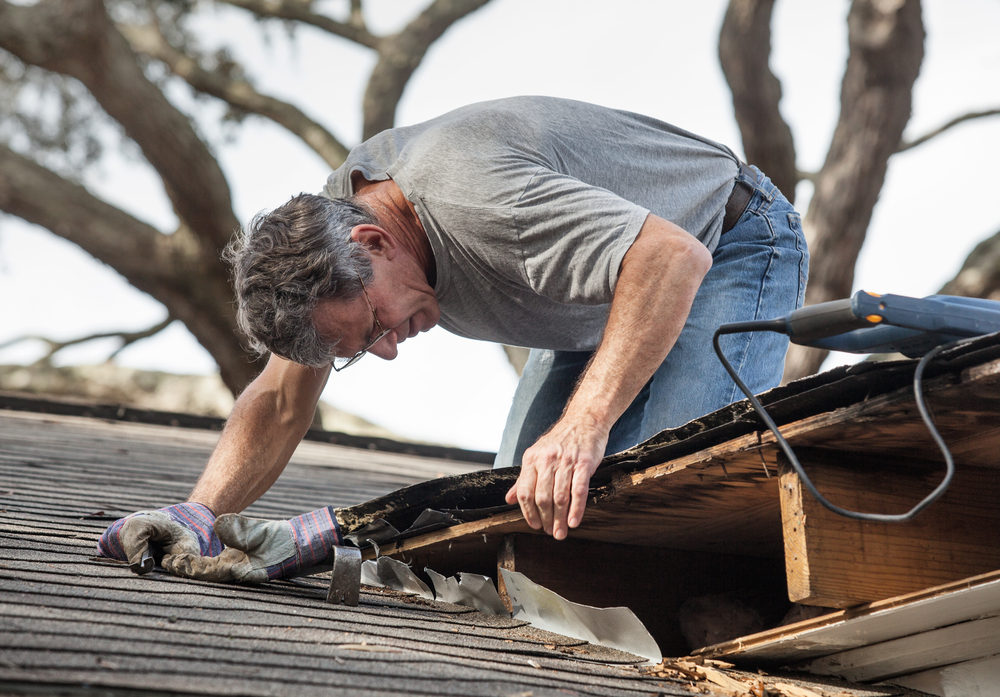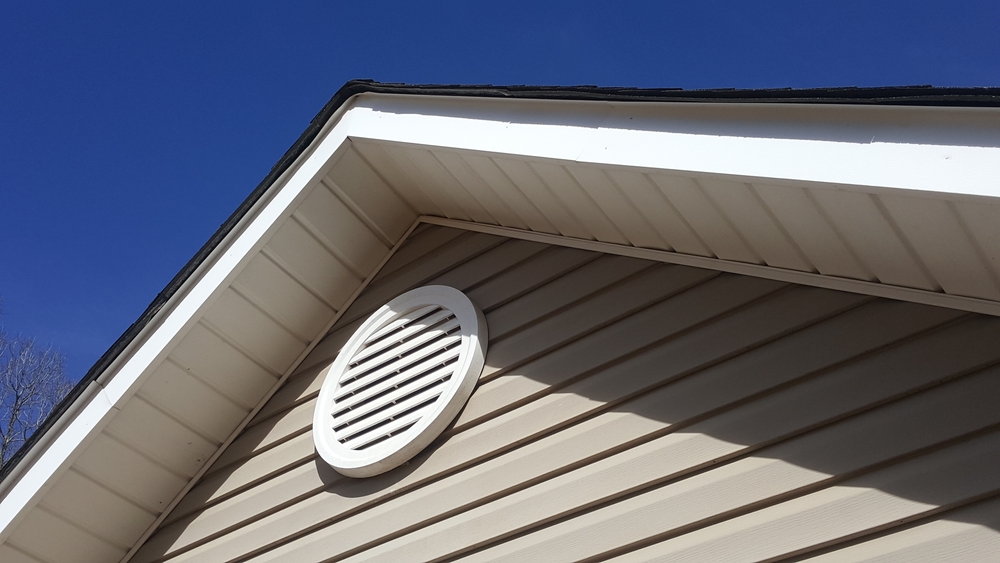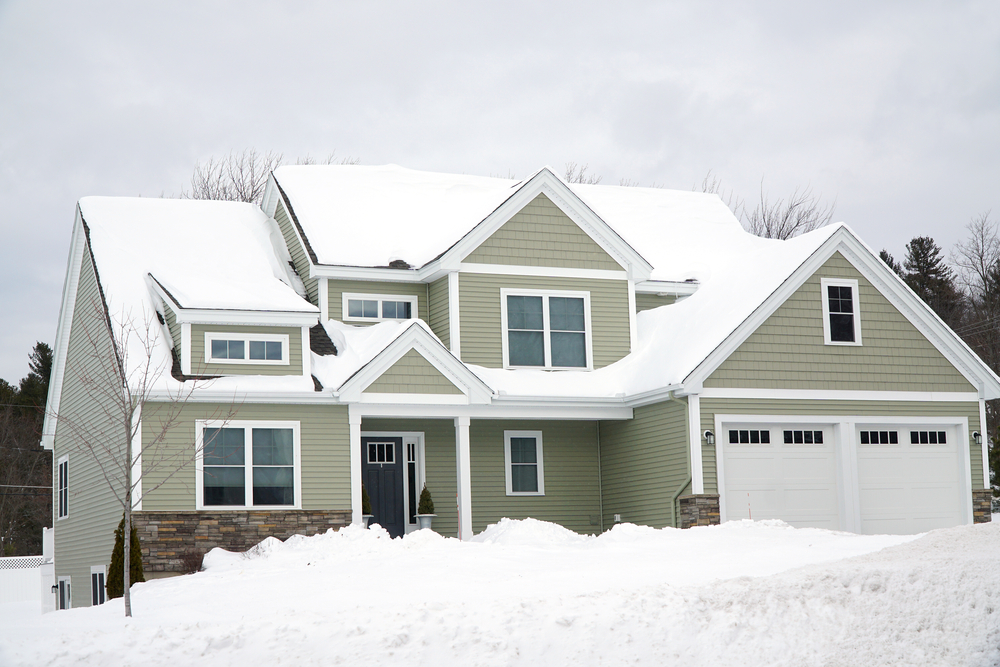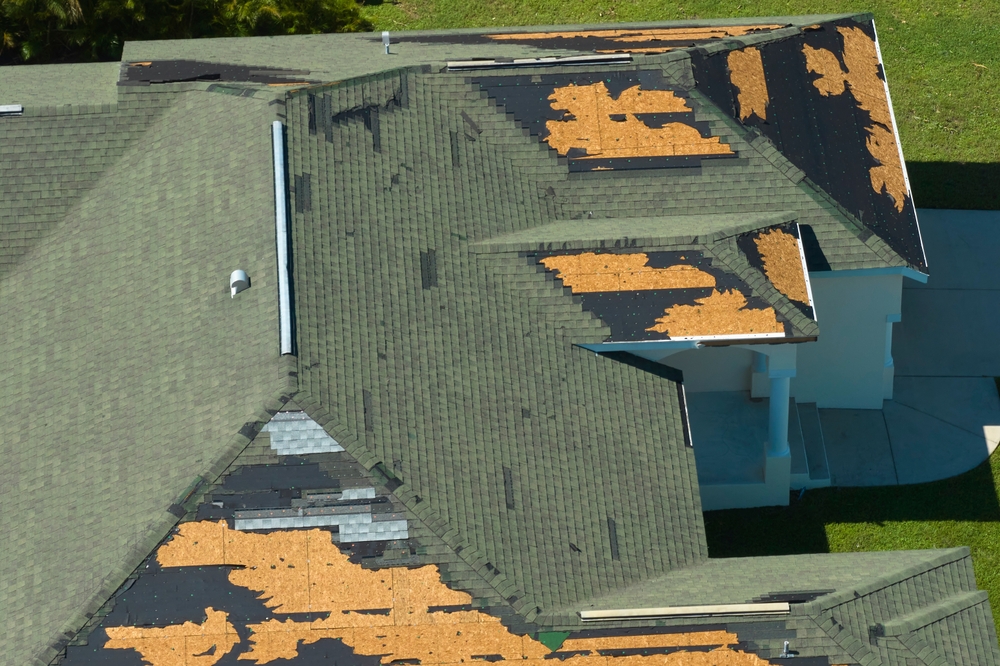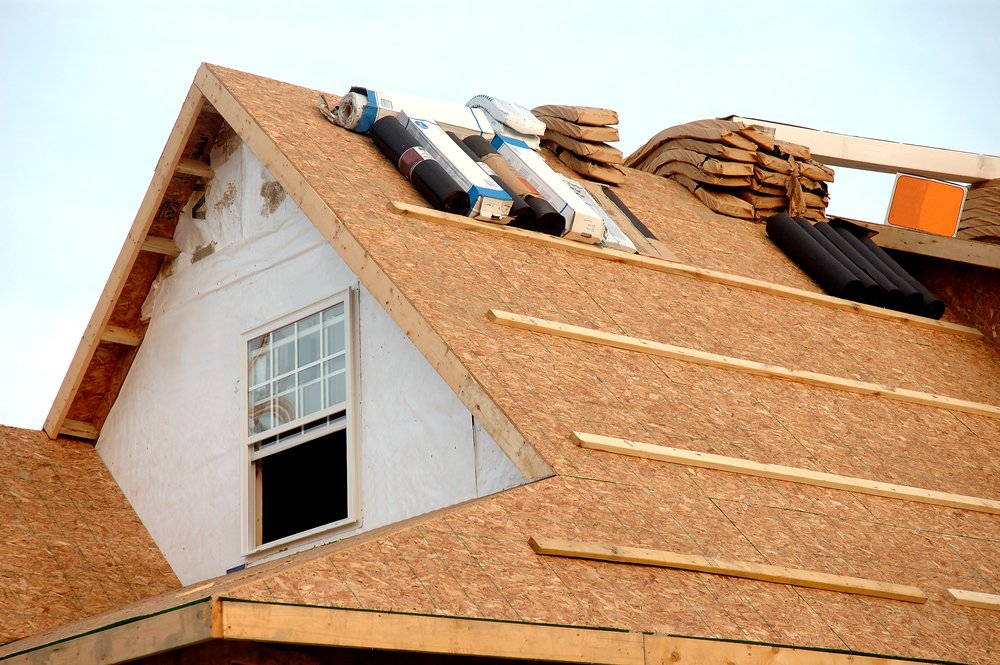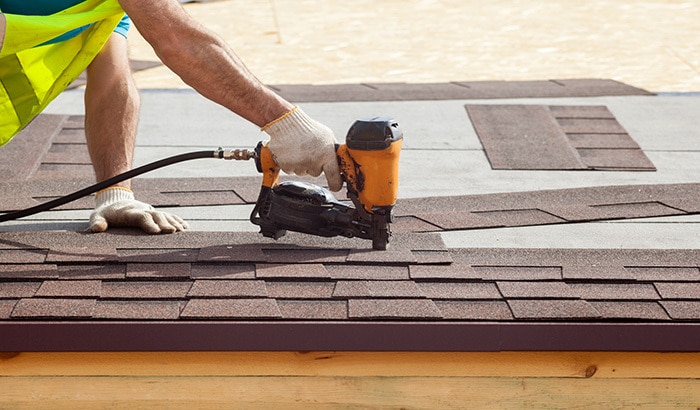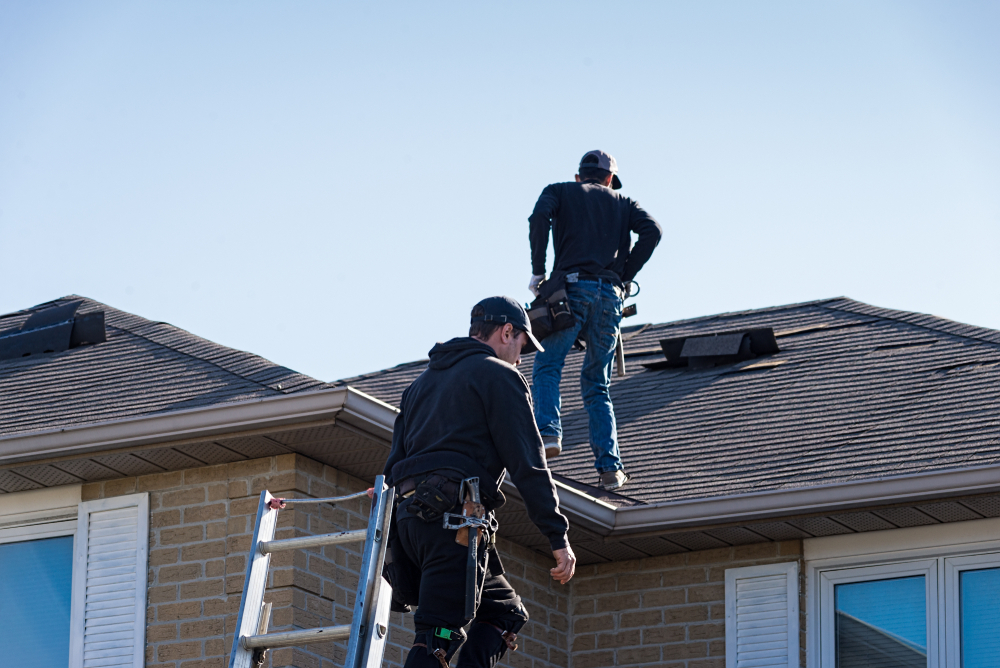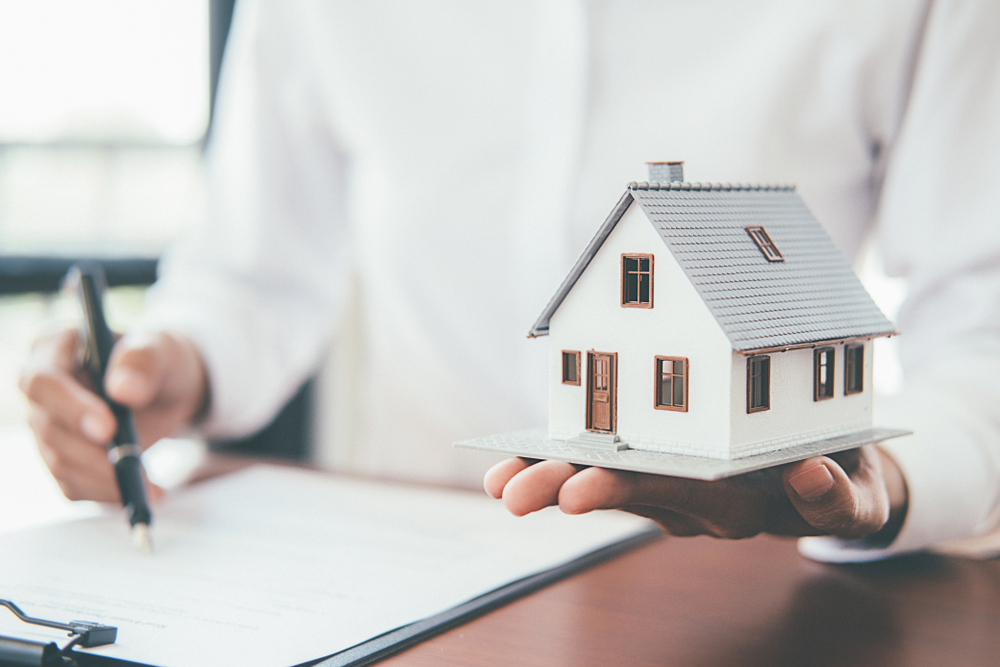There are a few things you never want to deal with when it comes to your roof, and a leak of any kind is definitely on this list. When this happens, identifying and locating the leak is one of the most important steps for remedying the issue.
At The Roof Doctor, we're happy to provide the very best roof repair and roof replacement services you'll find around Salt Lake City, West Valley City, West Jordan and nearby areas. We've assisted numerous clients with leak repair for their roof, including help with locating the leak to begin with. Here are some tips on how to find a roof leak, whether you're doing so on your own or with help from our roofing professionals wherever necessary.
Address Water Drips or Damage First
One important note before diving into leak location: If you have any drips or water damage occurring, your first priority should be addressing these issues. Inserting a bucket or similar container can help limit the damage in the meantime while you also call our roofing contractors for assistance.
This is because finding a leak and patching it up will do you no good if significant water damage is still occurring in other parts of the roof – this must be addressed first to truly solve the problem.
Confirm It's a Leak
Another initial task to perform here is simply confirming that you are indeed dealing with a leak. Especially during the winter season, it's possible that condensation or other moisture could be present on your roof without it actually being a leak.
You can confirm this by taking a look at the attic area – if that's dry, you may not have a true leak. If you want full confirmation here, however, you may need to contact one of our professionals.
If You Can Access Your Attic
If your home has an attic space that you can access easily, this will be your main area to check for leaks. Start by looking at the ceiling and walls of the attic – look for any wet spots or similar signs. You should also spread your search out to other areas depending on what kind of roof type you have:
- For shingled roofs, lift a few shingles and see if there are any wet spots on the wood below.
- For flat roofs, check for ponds or any other areas where water appears to be pooling.
- For metal roofs, look for any signs of rust or corrosion that could indicate a leak.
When performing these checks, ensure that proper light is available so you can see clearly. If you have any doubts, call us for assistance.
If You Can't Access Your Attic
In other cases, if your attic is not easily accessible or you don't have one at all, you'll need to perform your leak search from the outside. Start by looking for any shingles that are lifted up – these can often indicate a nearby leak. Here are some other tips:
- Look at areas where the roof connects with walls to see if there is any possible separation.
- Search for exposed nails or any other punctures in the roof material.
- Check for any areas where tree branches or other external objects may be putting additional pressure on your roof.
- Look for missing or damaged flashing, which helps seal vulnerable areas of the roof.
- During rain or other precipitation, walk around your yard to see if you can identify the general area where the leak may be coming from.
If You Still Can't Find It
If you've gone through these steps and still can't locate the leak, this may be a sign that it's time to call in our professionals. Our expert roofers have specialized tools and techniques for locating leaks, even those that are well-hidden or difficult to identify. We'll ensure your leak is found and repaired quickly and efficiently, helping prevent any further damage to your home.
What To Do When Leak is Found
Finally, once you've located the leak, your next steps will depend on its severity. For minor leaks that are caught early enough, a simple patch job may suffice to solve the issue. In other cases, such as significant damage or long-term neglect of roof maintenance, it's possible you'll need a full roof replacement to fully solve the problem.
Either way, our team will work with you to determine the best course of action for your specific situation and budget. We pride ourselves on transparent communication and high-quality work, so you can trust us to provide honest recommendations and top-notch service. Don't hesitate to reach out to The Roof Doctor for all your roof repair needs around SLC, West Jordan, West Valley City or nearby areas!

